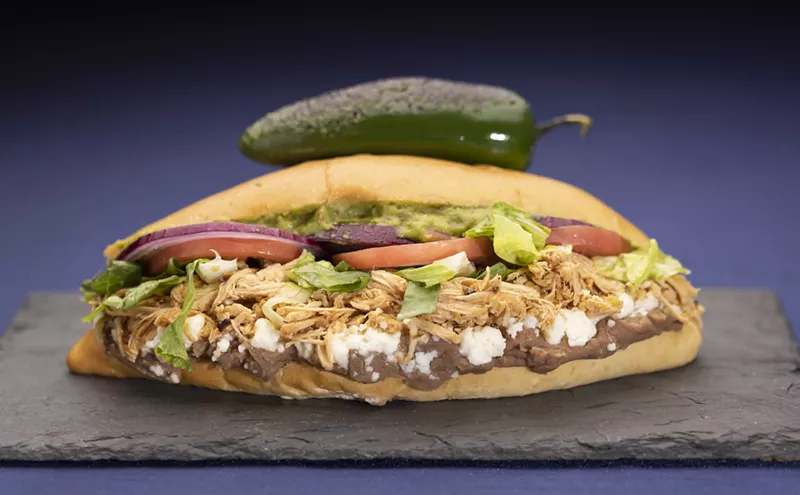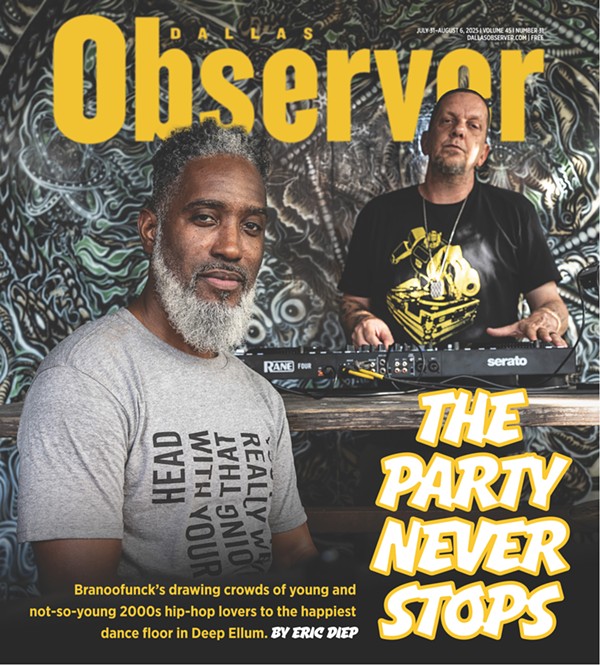There are probably single-subject food books still to be written. Nobody's yet taken on cucumbers, walleye or pumpkin preserves.
But travel writer Mark Schatzker recently tackled steak, and I'm glad he did. Schatzker's written a terrifically entertaining romp through red meat that focuses not on the history or politics of beef, but on its flavor.
Steak is structured as a travelogue, with all the requisite epiphanies and cultural misunderstandings: Its subtitle is One Man's Search for the World's Tastiest Piece of Beef. Schatzker starts his quest in Texas, where he's forced to conclude "the steak just wasn't that good."
Schatzker pegs the problem to a myopic focus on marbling, promoted by the state's agricultural schools. He sets off on a trip to discover better ways to predict and control superior beef flavor.
From Japan to Argentina, Schatzker bumps up against plenty of theories. He meets farmers and agriculturists who swear flavor hinges on feed or breed or soil or chemicals. But the issue he continually confronts is steak vocabulary: His sources don't have a common language for describing beef.
Steak is complicated: According to Schatzker, grilled beef has 340 distinct flavor compounds, just 46 fewer than red wine. While Schatzker comes up with some pretty inventive ways of describing the steak he eats -- grass-fed Waygu is like "steak with headphones on" -- he admits it's not easy to match beef flavors with words.
Schatzker proposes that's partly because the beef-eating experience, at its best, should transcend language: "It is a feeling that makes life, for all its pain, frustration and sadness, worth living," he writes in rib-eye rapture. But his more compelling argument -- delivered at the book's start, before he's downed hundreds of steaks -- is that eaters don't have a steak vocabulary because they haven't bothered to invent one.
While Schatzker is wary of the pastoral tasting notes associated with wine ("they sound pretty but run a serious risk of being useless") he rightly wishes consumers would pay more attention to beef's flavor. He stops short of endorsing a Scottish meat marketer's tasting form, but reprints it in its entirety. There are three dozen rating categories listed, including "brown flavors" (from dry straw to waxed wood), "moisture release" (cloying to damp) and fibrousness (thin to coarse.)
"Why was it that, in steakhouses all over North America, people are talking about grape varieties and not cattle breeds?" Schatzker writes. "Why is there an entire aisle at my magazine store devoted to wine magazines, but not so much as a newsletter about steak? Everyone loves steak, and yet no one seems to know a thing about it."












